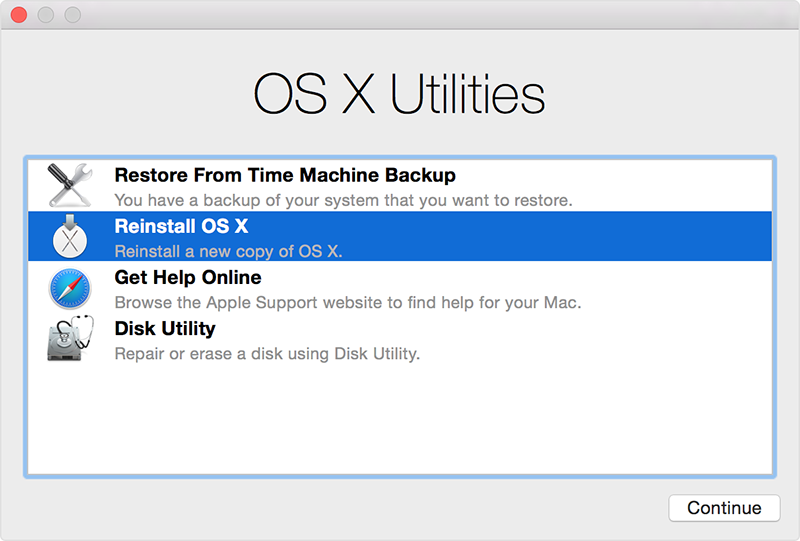Note: The Classic environment is not supported in Mac OS X 10.5 and later, nor will it work on Intel-based Macs.
If you have an Intel based Mac, you will not be able to run in classic mode which is OS 9 and anything lower. The only work around I can think of is installing a copy of Windows using Bootcamp. And then install True BASIC in the WIndows environment. Please note that 'Classic Mode' indicates a system can run Mac OS 9 applications within the Mac OS X 'Classic Environment' provided with Mac OS X 10.4.11 'Tiger' and lower. Apple provides no support for Mac OS 9/Classic applications on any Intel-based Macs at all or on PowerPC-based Macs running Mac OS X 10.5 'Leopard'. To install OS 9 onto your iBook you will need the OS 9 installation CD which I do not believe comes with a new machine, any more. Most digital camera's are handled well by the built-in drivers in. Classic, or Classic Environment, is a hardware and software abstraction layer in early versions of Mac OS X that allows applications compatible with Mac OS 9 to run on the Mac OS X operating system.
Mac OS X is more robust than previous versions of MacOS, but it is not compatible with some older Mac programs. TheClassic environment involves Mac OS 9 running as an application withinsome versions of Mac OS X, allowing you to use your olderapplications. However, applications running in the Classic environmentcannot take advantage of the new features in Mac OS X, such asprotected memory. Thus, when one Classic application crashes, itfrequently causes all other Classic applications, as well as theClassic environment itself, to crash. Adobe creative cloud auto update.
To run the Classic environment, you must have Mac OS 9.1 or laterinstalled on your computer and selected in the Mac OS XClassic system preference panel. To activate the Classicenvironment in Mac OS X:
How To Install Classic Mode On Mac Os X 10 11
- Log into Mac OS X.
- From the Apple menu, select System Preferences..
- In System Preferences, from the View menu, selectClassic.
- In the
Classicsystem preference window, click theStart/Stop tab. - If no system folder is selected, under 'Select a system folder forClassic:', choose your Mac OS 9 system folder.
- If you would like Classic to start automatically when you loginto your account, check Start Classic whenyou login.

Open source building design software. Once you have set up the Classic environment, you can start it byclicking Start.
Note: The Classic environment is not supported in Mac OS X 10.5 and later, nor will it work on Intel-based Macs.
Mac OS X is more robust than previous versions of MacOS Help me please mmd for mac. , but it is not compatible with some older Mac programs. TheClassic environment involves Mac OS 9 running as an application withinsome versions of Mac OS X, allowing you to use your olderapplications. However, applications running in the Classic environmentcannot take advantage of the new features in Mac OS X, such asprotected memory. Thus, when one Classic application crashes, itfrequently causes all other Classic applications, as well as theClassic environment itself, to crash.
How To Install Classic Mode On Mac Os X 10 13 Download
To run the Classic environment, you must have Mac OS 9.1 or laterinstalled on your computer and selected in the Mac OS XClassic system preference panel. To activate the Classicenvironment in Mac OS X:
- Log into Mac OS X.
- From the Apple menu, select System Preferences..
- In System Preferences, from the View menu, selectClassic.
- In the
Classicsystem preference window, click theStart/Stop tab. - If no system folder is selected, under 'Select a system folder forClassic:', choose your Mac OS 9 system folder.
- If you would like Classic to start automatically when you loginto your account, check Start Classic whenyou login.
Once you have set up the Classic environment, you can start it byclicking Start.
